10. Native Americans and Lowcountry Natural Resources
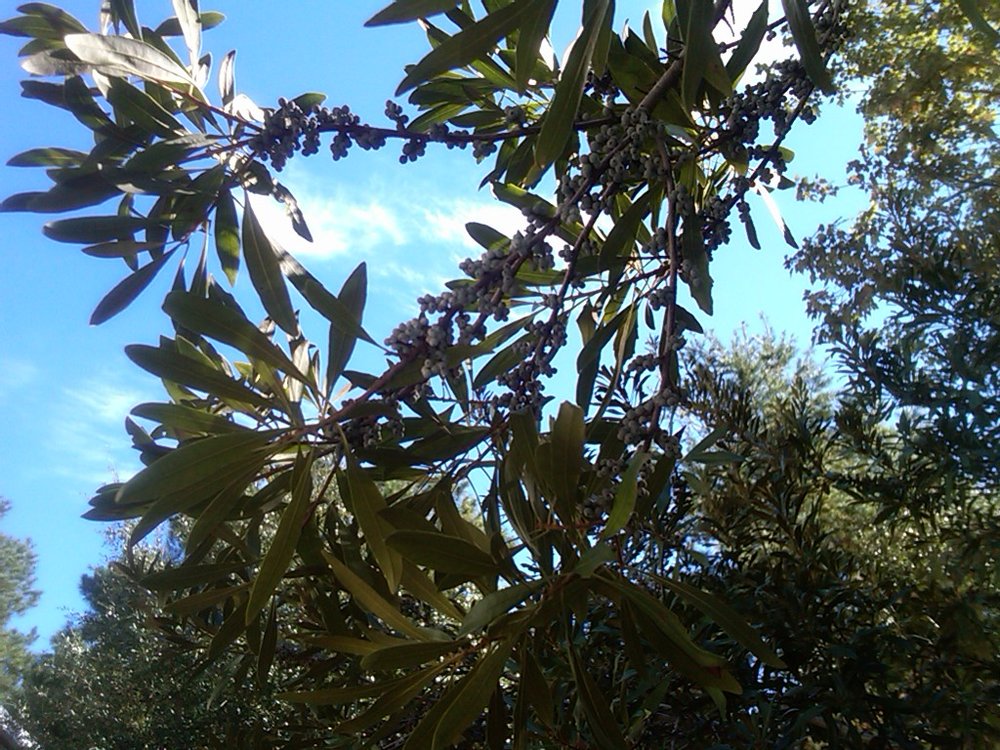
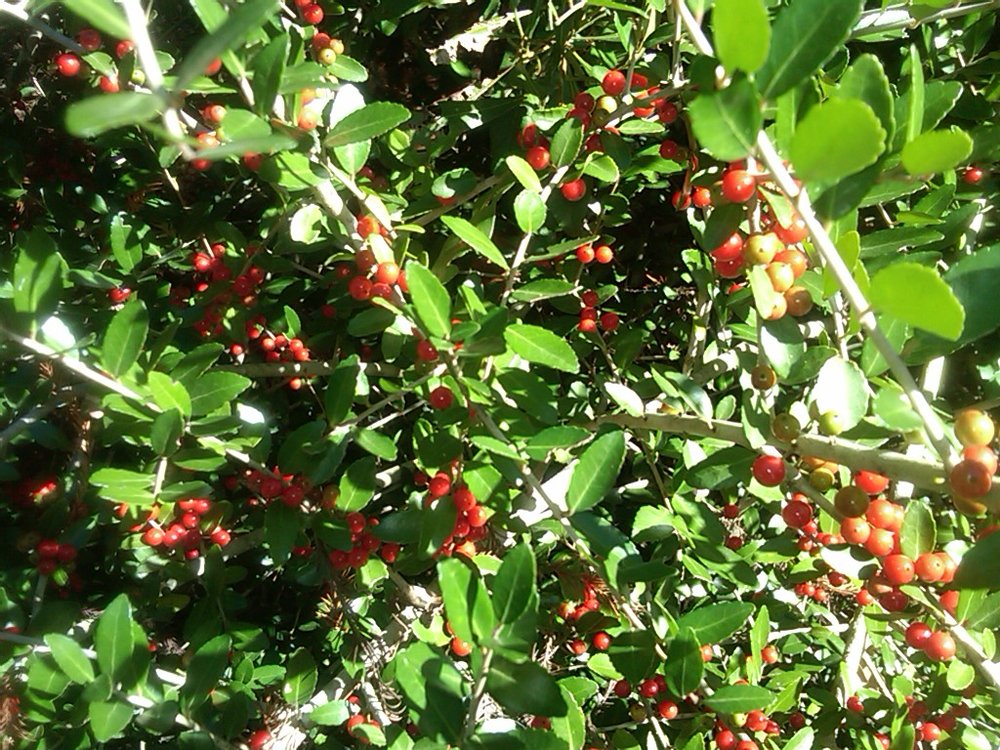
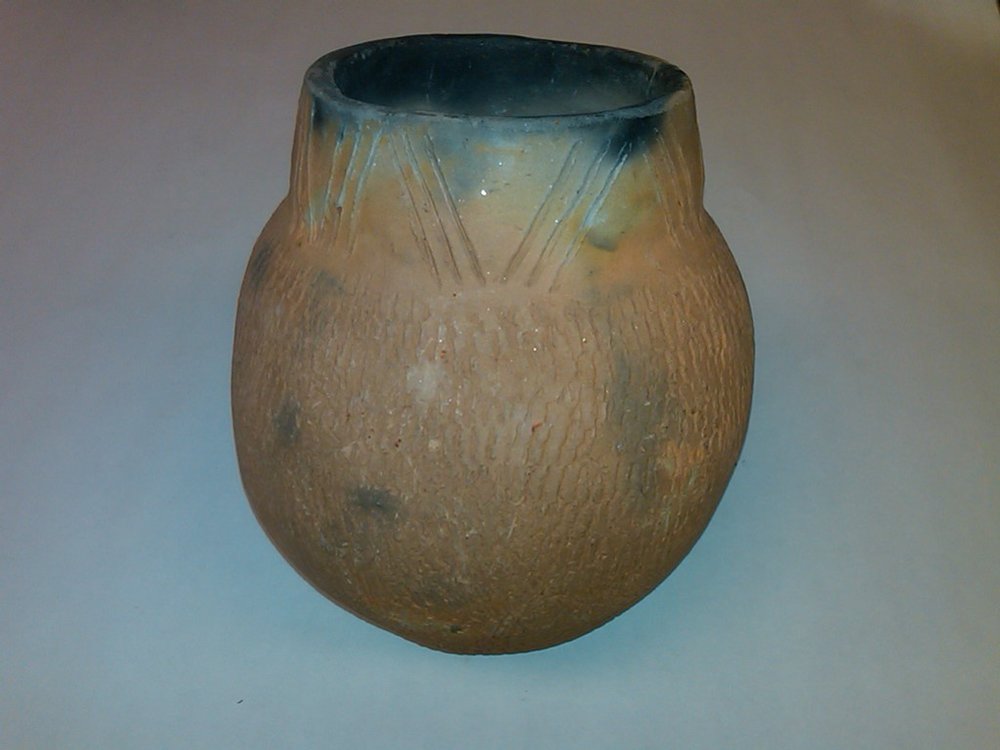
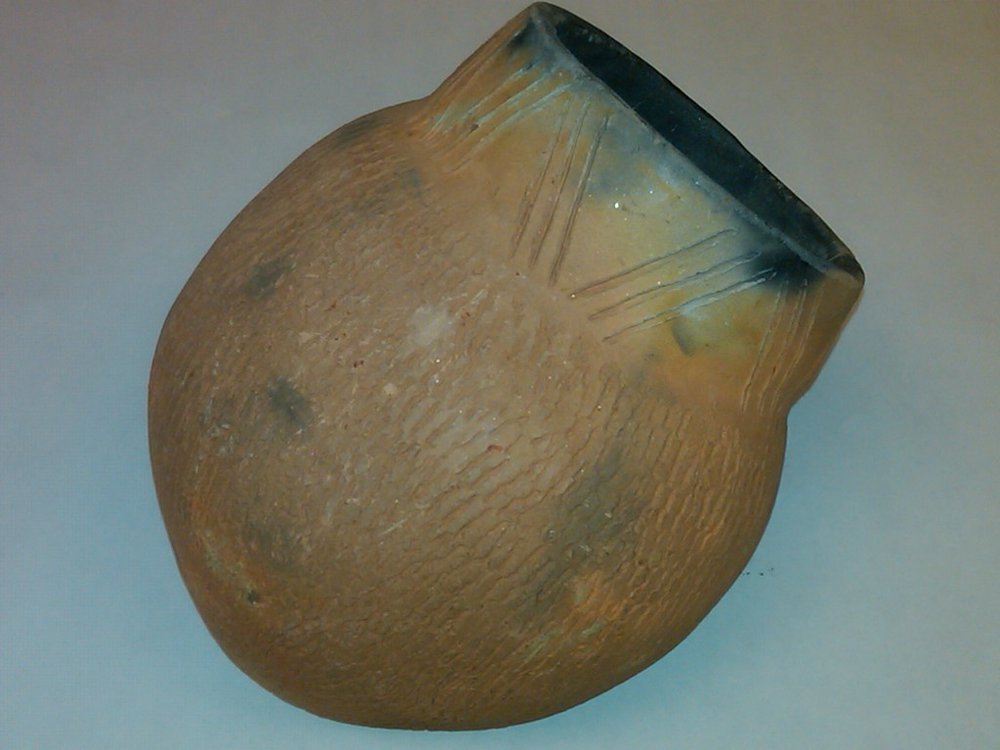
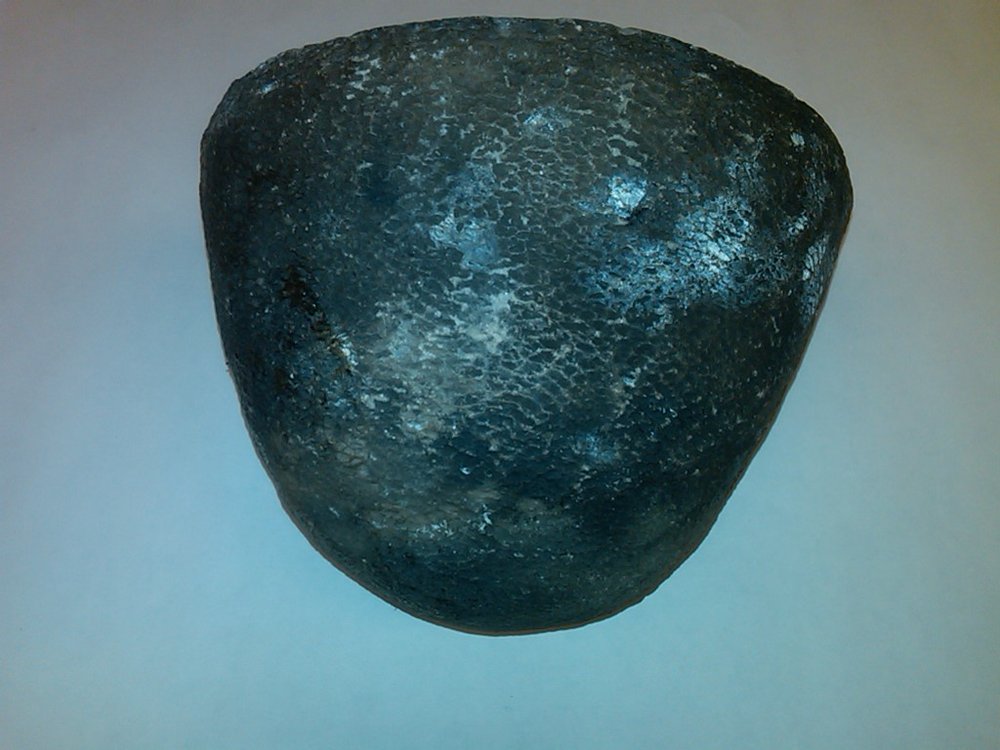
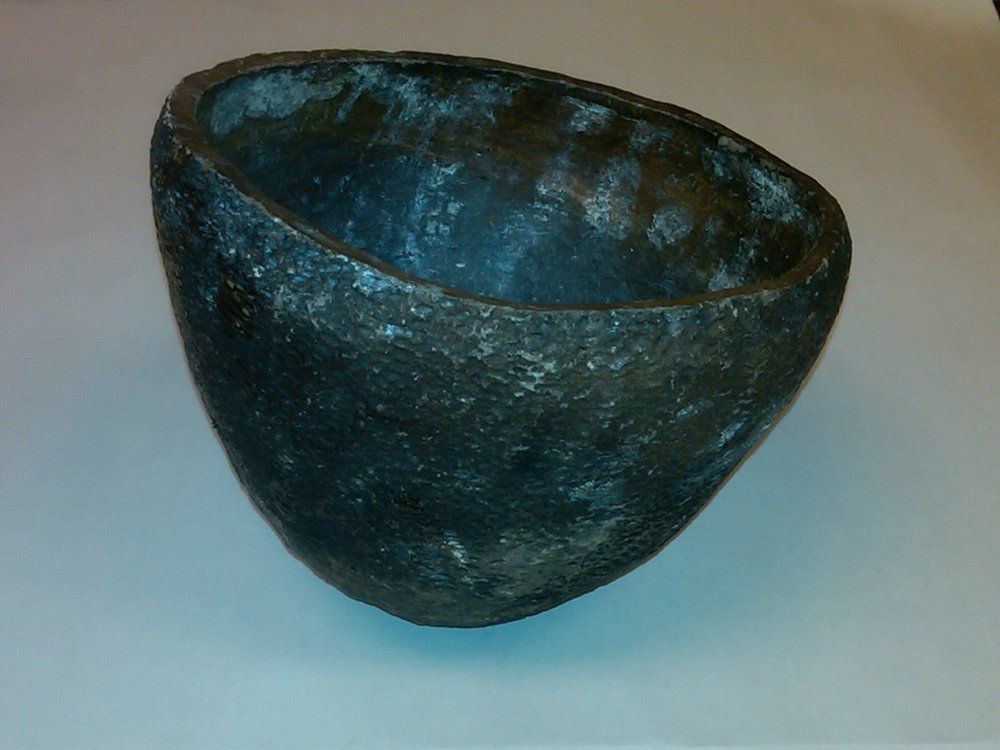
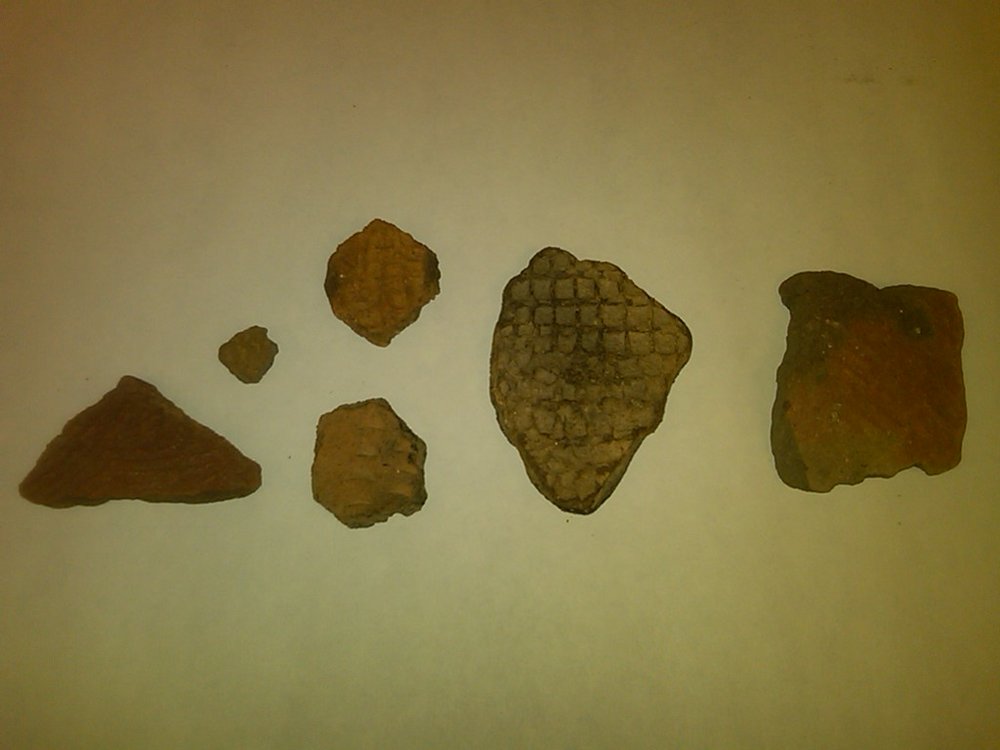
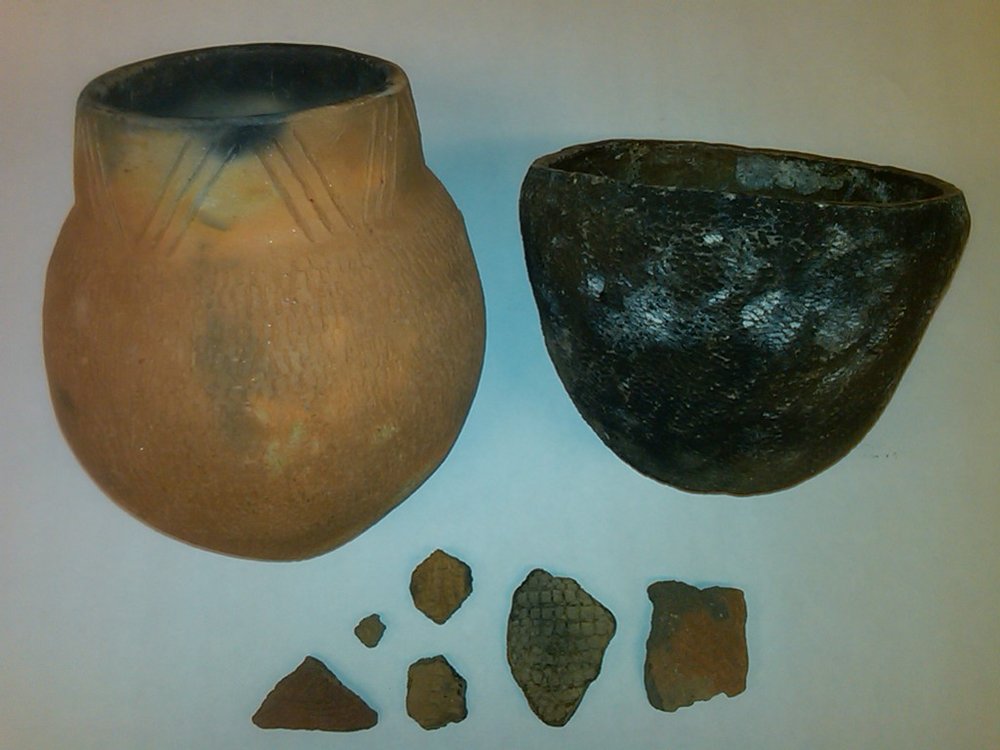
Ancient communities throughout the South Carolina coastal plain tended to occupy areas near fresh water, including Goose Creek. Over thousands of years these communities developed a pattern of living which allowed them to thrive off of the abundant natural resources they found, especially in the swamp forests surrounding the ancient waterway. Look for the orange patch of earth along the edge of the trail, it’s a clay deposit. Native Americans excavated clay for use in pottery production. The Wax Myrtle trees (Morella cerifera) growing along the edge of the trail, distinguishable by their small, gray, waxy fruits, were used by Native Americans to treat fever. The Yaupon Holly (Ilex vomitoria) is also growing just off from the trail and it has lots of small leaves with serrated edges; these leaves area highly caffeinated which is exactly why Native Americans found this plant so valuable. The richness of the land here is precisely why European colonists claimed the area for their own settlements and agricultural endeavors beginning in the late 1600’s and within a generation or so of the founding of Goose Creek Parish the indigenous communities that once thrived here had been decimated and this same story was repeated throughout the greater Charleston area.